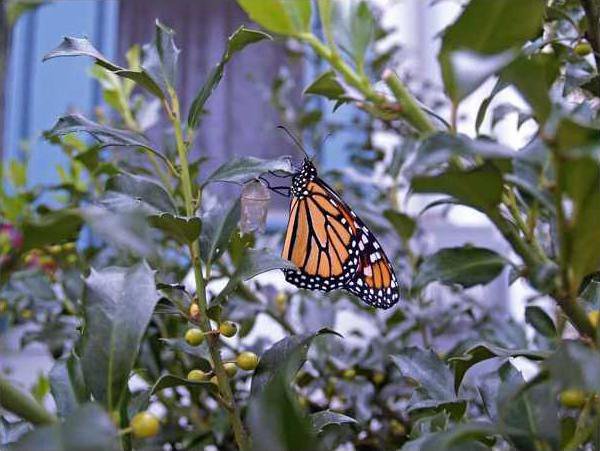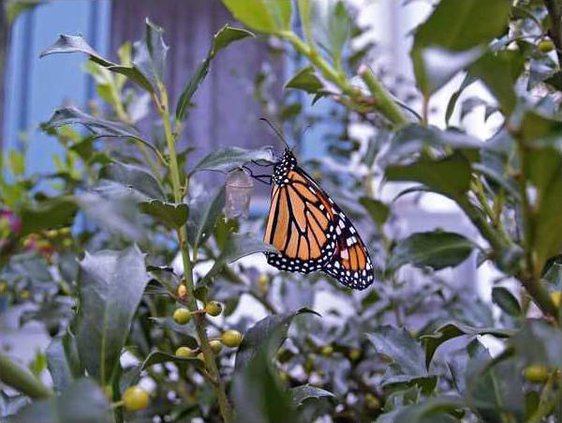With the Kansas Wetlands Education Center and Cheyenne Bottoms in its backyard, Barton County is no stranger to butterfly tagging, and the each year, butterfly enthusiasts take part in butterfly counts throughout the warmer months. These efforts have shown numbers have dropped to critical levels over the past few decades. Barbara Green, a representative of Monarch Watch, hopes more people will respond by creating monarch waystations.
At the 2015 We Kan Conference held in Salina, Green presented a talk about how to create the waystations, which are simply gardens in which the butterflies can find its most critical food source--milkweed plants. These islands along the migration route to Mexico are now a critical necessity if the species is to survive.
While new agricultural practices over the past two decades have made strides in increasing food production for people around the world, the trade off has been the elimination of a critical food source for Monarchs. The milkweed plant as well as other nectar providing plants are being edged out of existence thanks to the use of herbicides on genetically modified crops, Green said.
“So much has been altered and eliminated, what’s left isn’t enough to sustain the population,” she said. “The monarchs need our help.”
Chip Taylor, KSU professor, founded Monarch Watch in 1992. The nonprofit education, conservation, and research program is based at the University of Kansas. In 2005, the monarch waystation was developed to counteract the demise of the milkweed due to herbicides. According to Green, they are not meant to be public gardens, mostly for the safety of the butterflies.
“You can revamp an existing garden, rather than create a new garden,” she said.
That’s why privately owned garden spaces are ideal. Schools, businesses, vacant lots and along rural roadways are other viable places.
“The best thing to do is grow milkweed, and save seeds,” Green said. “It’s hard to find -- you can’t just go to the store to buy it. But its a beautiful plant.”
That’s why the organization created seed kits that provide samples from several varieties of milkweed and other butterfly-friendly plants. Green brought sample packets and encouraged guests to take them home and grow them in an area protected from herbicides. At the end of the season, seeds can be saved for the next year. But it takes an average of three years before a plant will produce seed pods, and it spreads more easily by root than by seed, both factors that have only hastened its decline.
Monarch Watch is a nonprofit education, conservation, and research program based at the University of Kansas that focuses on the monarch butterfly, its habitat, and its spectacular fall migration. Visit the website, http://www.monarchwatch.org/ .
Waystations needed to save monarchs





